History
The birth of an abbey
The Saint Sauveur abbey, formerly a Benedictine abbey, has played a key role in the political, economic and spiritual life of Britany, the area represents a remarkable location through the importance of these commercial routes between Rennes, Nantes and Vannes. Under the former diocese of Vannes its foundation took place under the reign of Louis the Pious,an unfailing support of monarchism.
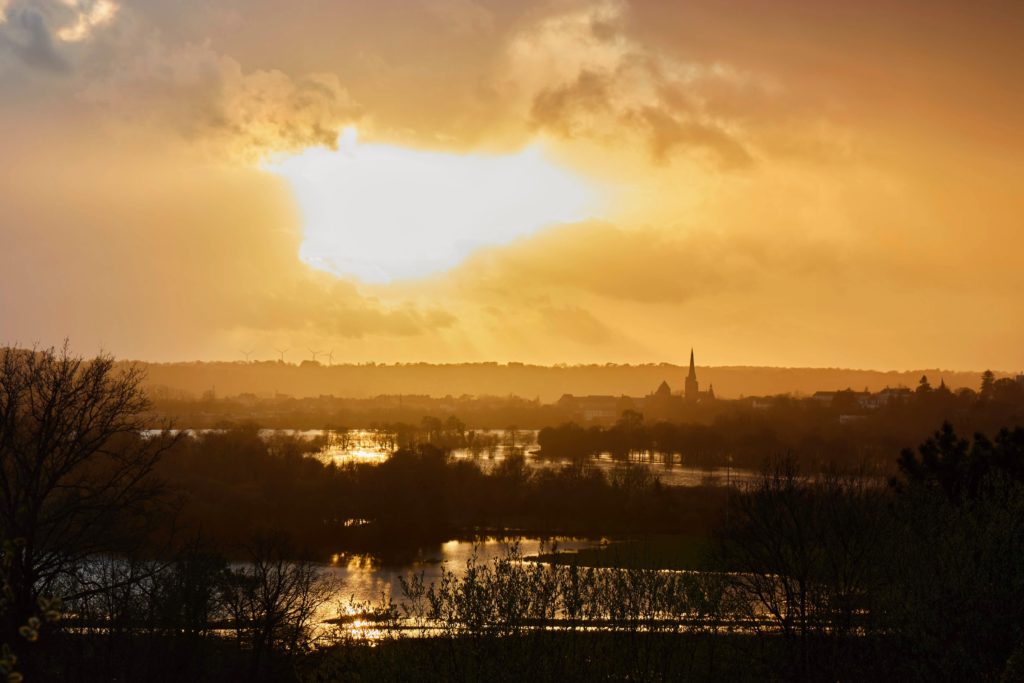
The Saint Sauveur abbey was founded in 832 by Saint Conwoïn, a benedictine monk and the Vannes archdeacon, and was recognized on june 18th 834 by Nominoë, the first king of Britany. In its heydays during the XIIth century, it had many possessions all over Britany : 27 priories and 12 parishes. People come on pilgrimage for the relics of Saint Apothème or else of Saint Marcellin. In 1622, cardinal Richelieu became the commendatory abbot and he introduced the Saint-Maur congregation which caused, once and for all, the loss of the independence of the abbey. During that period, the highlighting event was the reconstruction of the conventual buildings initiated by Richelieu. In 1780, a fire devastated most of the nave which was partially rebuilt,with the gothic steeple. During the French Revolution, the functioning of the abbey was cancelled and the buildings were devoted to another use ;
The possessions of the abbey of Redon in the XIIth century
- churches /priories
- incomes
- profits
- rivers
- the borders of the dioceses
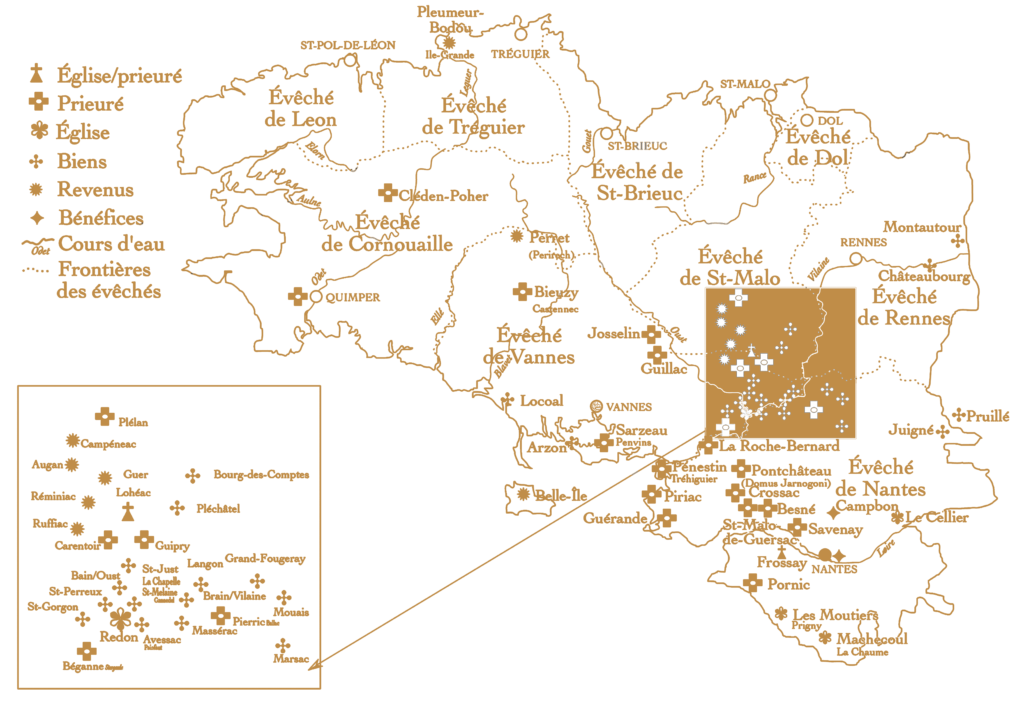
The famous cartulary
The cartulary of the Saint Sauveur abbey is a very precious document,vell known by medievalists.This set of documents was written by the benedictine monks from 832 until the mid-XIIth century,who carefully collected the four hundred bills of sale, donations and appropriations carried out day by day. Aurélien de Courson, a historian, published it in 1863, making it known to the greatest number. The cartulary of Redon is a symbolic source to know the history of Britany in the medieval period and kept in the historical archives in the diocese of Rennes.
The architecture of the abbey is both exceptional and unexpected with a Norman part and a gothic one. As the the original church doesn’t exist anymore, we find more recent parts of buildings dating the XIth,XIIIth and XVIIth centuries.Endowed with remarkable elements, the abbey church was listed as an ancient monument in 1862 for the church, in 1875 for the tower, and in 1990 for the conventual buildings.
Architectural and patrimonial splendours
The architecture of the abbey is both exceptional and unexpected with a Norman part and a gothic one. As the the original church doesn’t exist anymore, we find more recent parts of buildings dating the XIth,XIIIth and XVIIth centuries. Endowed with remarkable elements, the abbey church was listed as an ancient monument in 1862 for the church,in 1875 for the tower, and in 1990 for the conventual buildings.
The Norman tower
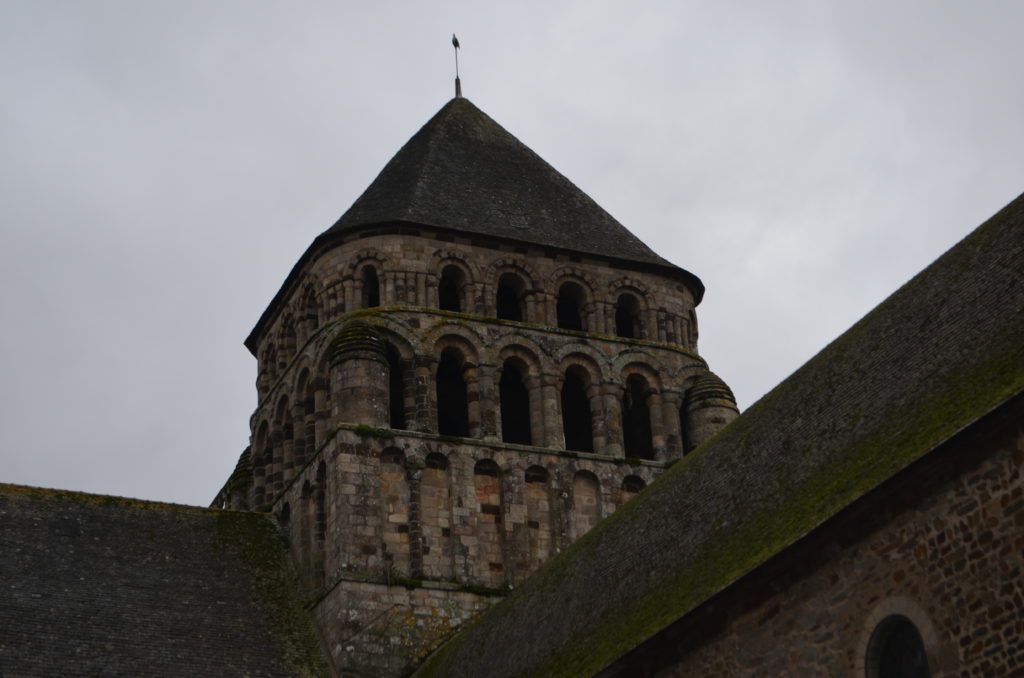
27- metre high, this Norman tower has three levels and retains at its square basis signs of the former roof. The play of the stones of alternated colours, from an arab influence, gives a certain elegance to this massive tower, formerly topped with a timbered tower roof.
The nave
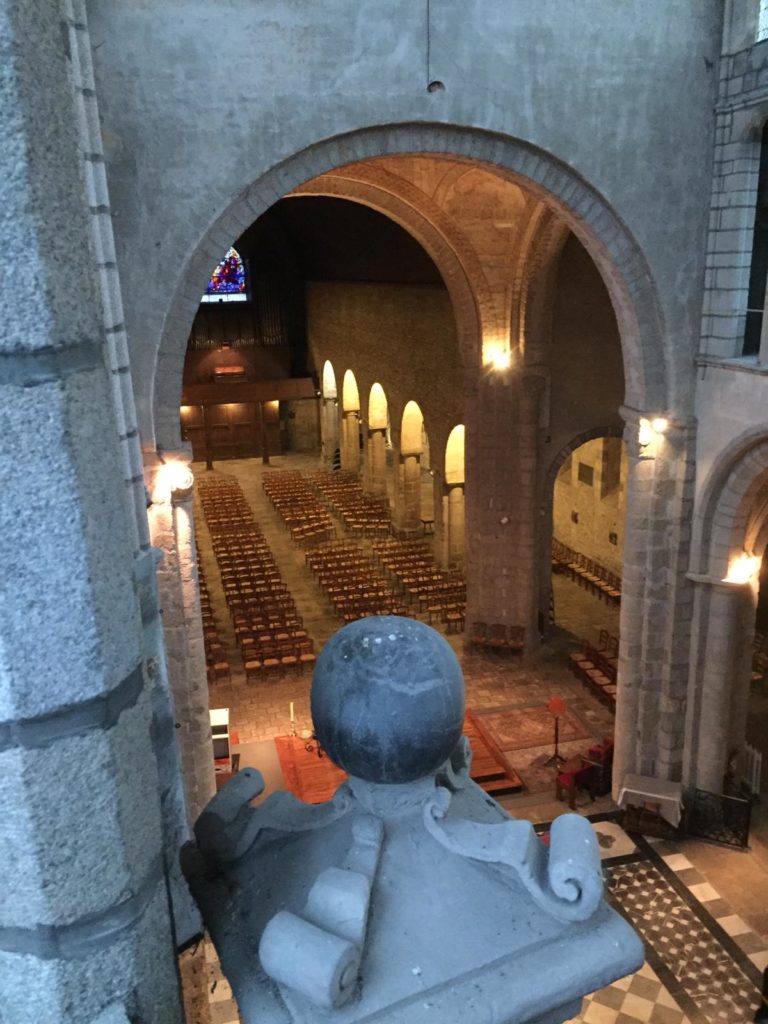
Built in the XIth century, it is made of three other naves.With six rows ( the initial building had originally twelve) : the five west rows were destroyed by the fire in 1780. It was lowered by several metres during the reconstruction and covered with a roof in the shape of an inverted ship hull made by architects and carpenters from the nearby shipyards.
The retables (altarpieces)
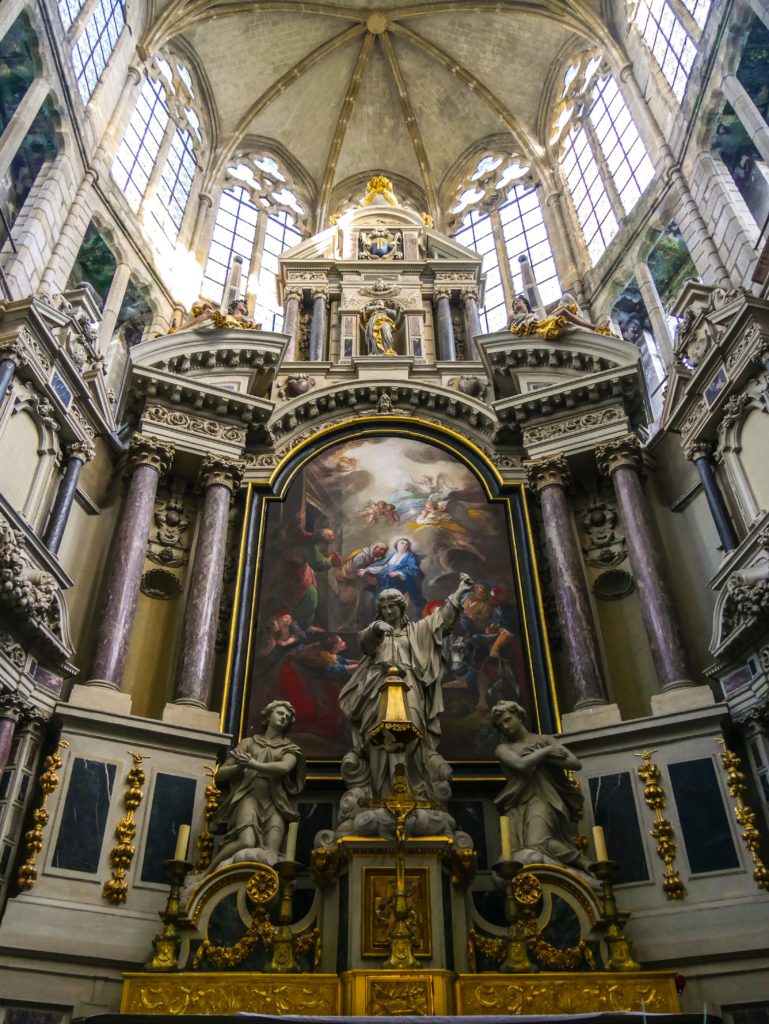
The retable on the high altar of the abbey church was donated duy Cardinal Richelieu in 1634-1635 when the abbey belong to the Saint Maur congregation. To this monumental altarpiece can be added two altarpieces located respectively in the first chapel on the north side and on the south side of the ambulatory of the same period.
The gothic bell tower
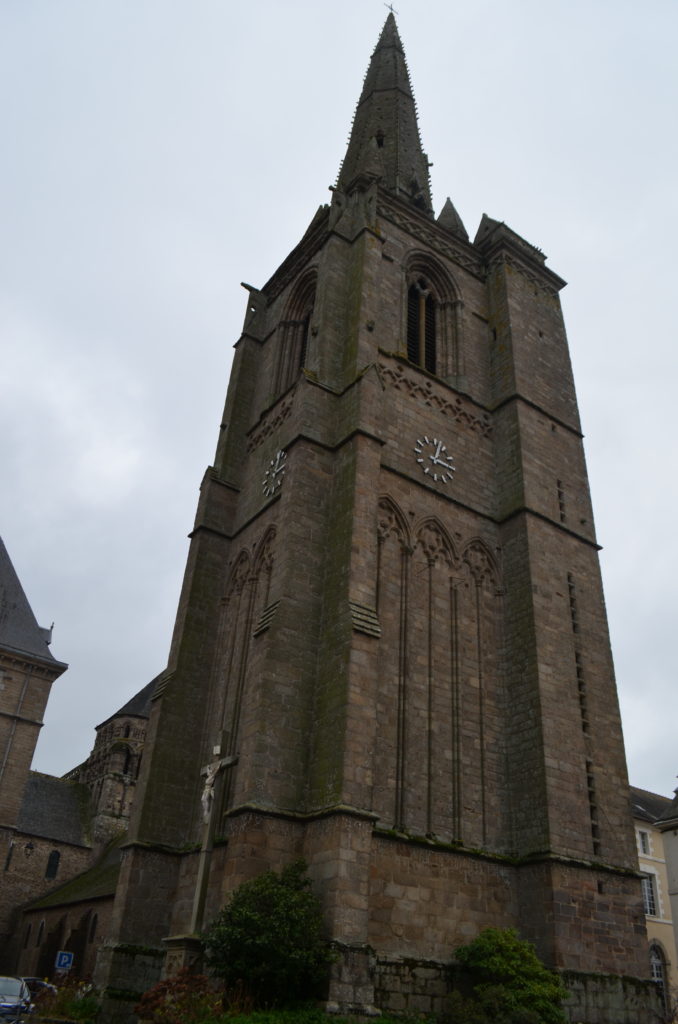
57-metre high,it dates back to the early XIVth century. It would have been doubled if the facade had been completed. The gothic tower is nowadays set apart from church following a fire which destroyed a part of the nave in 1780.
The Odorico mosaics
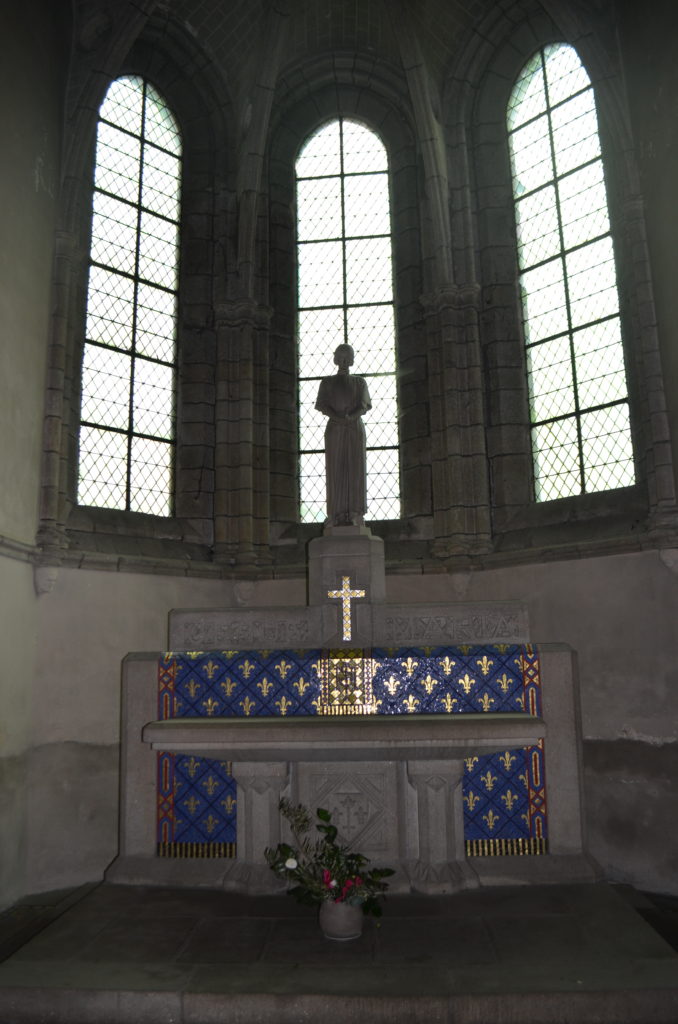
The five radiating chapels along the ambulatory of the choir are decorated with them. Belong to the Art Deco, those mosaics were created by the famous mosaist Isidore Odorico and are dated from the earlyc08d48 XXth century.
The abbey today
The origin of the present high school dates back to 1804 when Father Lefranc, a priest and former teacher at the Vannes junior school was appointed headmaster of the junior school in the ancient abbey. In 1838, the Eudists bought the conventual buildings and transformed them as soon as 1839 into a junior school. This one has been turned into a catholic secondary school, which it still is. The abbey churcu,itself, has been used as a parish churh since the 1790s.
And a few dates…
| 832 | Foundation |
| XIe-XIIe siècle | Heydays |
| 1622 | Richelieu as abbey |
| 1780 | The fire |
| 1838 | The Eudists buy the buildings |
| 2020 | Creation of the association |